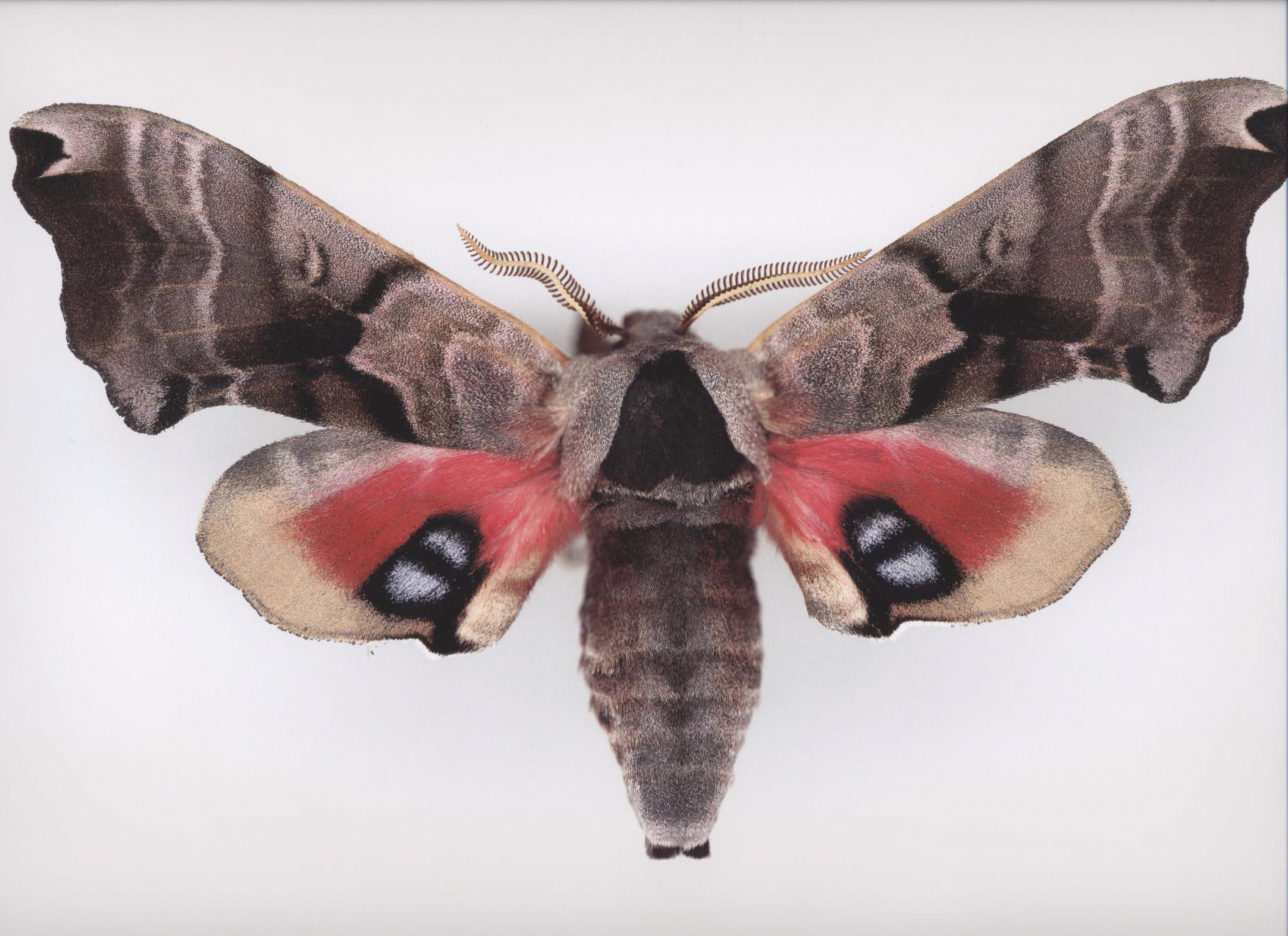I have no idea what I’m doing. In terms of my future, major, minor, and where I’ll be an hour from now, everything and anything can go. With my work, I hope to emulate this spirit and use media to develop my skills and refine my ideals as an artist. My work is created through New Media- featuring photography and creating and altering images through Photoshop and Illustrator. I hope to make the viewers look beyond the image, or art and to see the greater picture. As I’m figuring out what I like and don’t like, I am creating my own voice.
These works let me show others what the world looks like through my lens. I hope to convey growth and development as my work progresses, to continue to learn more about myself and let my work show that. The things I create show how I interpret trends, modern events, history, and myself. By using new media, I am free to create whatever I see and interpret. I hope to explore and expand my abilities as an artist and further develop this statement. A central theme of my work is the concept of new media itself; from its relationship with society and its effect on our development. With my pieces, I hope viewers feel engaged and are forced to question, to get to a deeper layer of their own understanding of themselves.




 This art installation was a great interactive and hands on program that really forced me to re-evaluate how petrochemical plastic plays a huge role in my life. It was amazing to see how many ways plastic is used in our lives, so many that we often overlook it. Also, I was very interested in learning just how much natural gas is used to make plastic products. It seems like such a waste that a highly limited natural resource is used so freely and heavily on a product with an extremely short life span and detrimental effect on the health of the planet and its inhabitants. Yet our reliance on plastic is so heavy that we don’t even begin to see this as a problem.
This art installation was a great interactive and hands on program that really forced me to re-evaluate how petrochemical plastic plays a huge role in my life. It was amazing to see how many ways plastic is used in our lives, so many that we often overlook it. Also, I was very interested in learning just how much natural gas is used to make plastic products. It seems like such a waste that a highly limited natural resource is used so freely and heavily on a product with an extremely short life span and detrimental effect on the health of the planet and its inhabitants. Yet our reliance on plastic is so heavy that we don’t even begin to see this as a problem.


